Welcome to Part 18 of our GardenTabs Zone Series, where we explore the wonderful world of Zone 9b gardening. This edition will uncover the best plants that thrive in Zone 9b's warm and favorable climate.
Zone 9b
Zone 9b experiences average minimum temperatures ranging from 25 to 30 °F (-3.9 to -1.1 °C), allowing gardeners to cultivate various plants.
Zone 9b encompasses various regions in North America, including parts of the United States, such as the southern coastal areas of California, southern Florida, and southern Texas.
It is also found in select areas of Europe, including parts of the Mediterranean and southern regions of Spain and Italy.
These regions have mild winters, hot summers, and a long growing season.
Here are 17 of the Best Plants to Grow in Zone 9b
1. Bougainvillea (Bougainvillea spp.)
Bougainvillea is a stunning and resilient flowering vine that thrives in the warm climate of Zone 9b.
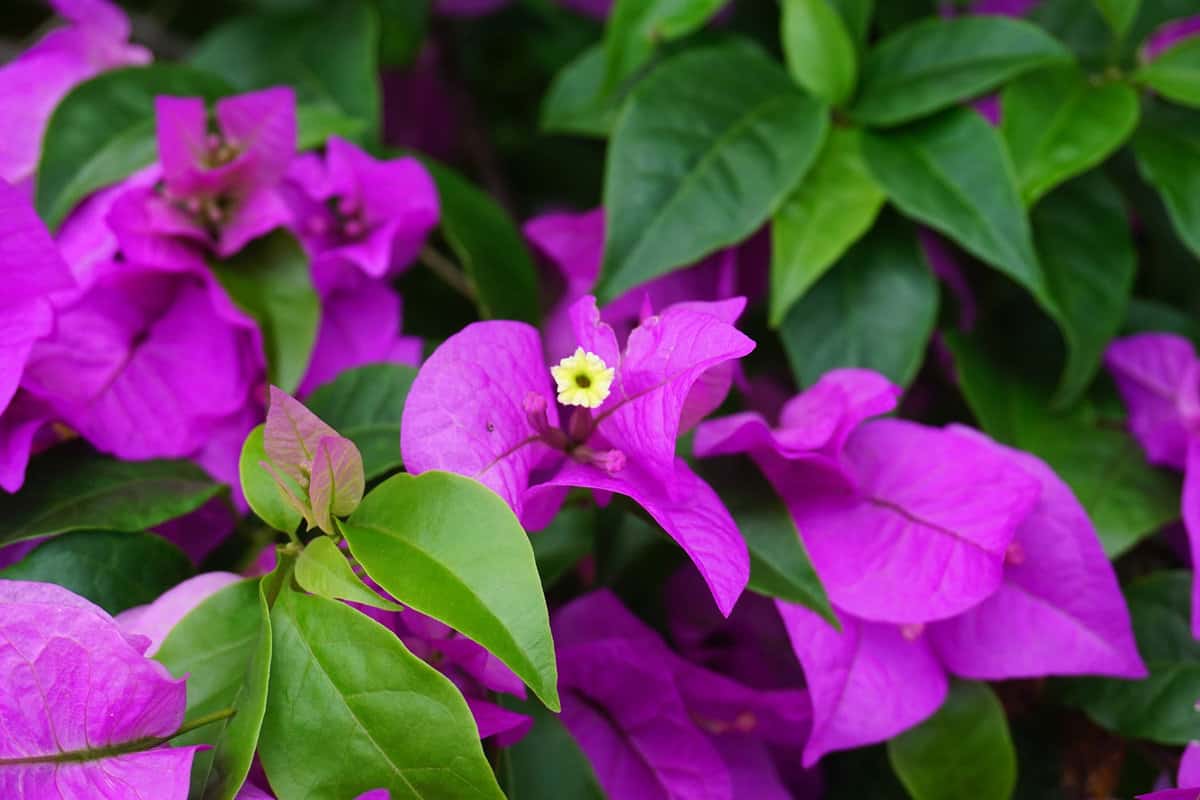
Its papery bracts in shades of pink, purple, orange, and red add a burst of color and a touch of tropical beauty to any garden.
Bougainvillea can tolerate temperatures as low as 30 °F (-1.1 °C) and prefers well-drained soil and full sun.
2. Plumeria (Plumeria spp.)
Plumeria, or Frangipani, is a fragrant and exotic tree.
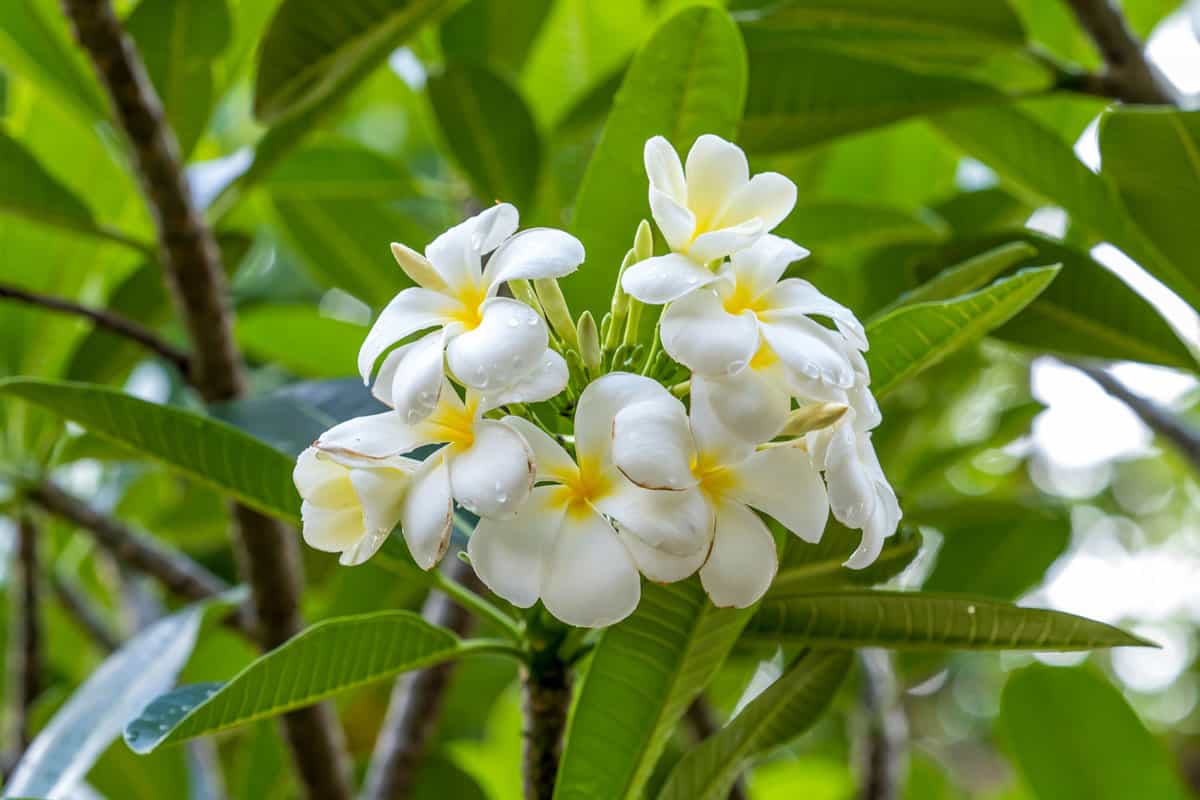
Its captivating and scented flowers in shades of white, pink, yellow, and red create a delightful sensory experience.
Plumeria can tolerate temperatures as low as 30 °F (-1.1 °C) and prefers well-drained soil and full sun.
3. Agave (Agave spp.)
Agave is a striking and drought-tolerant succulent.
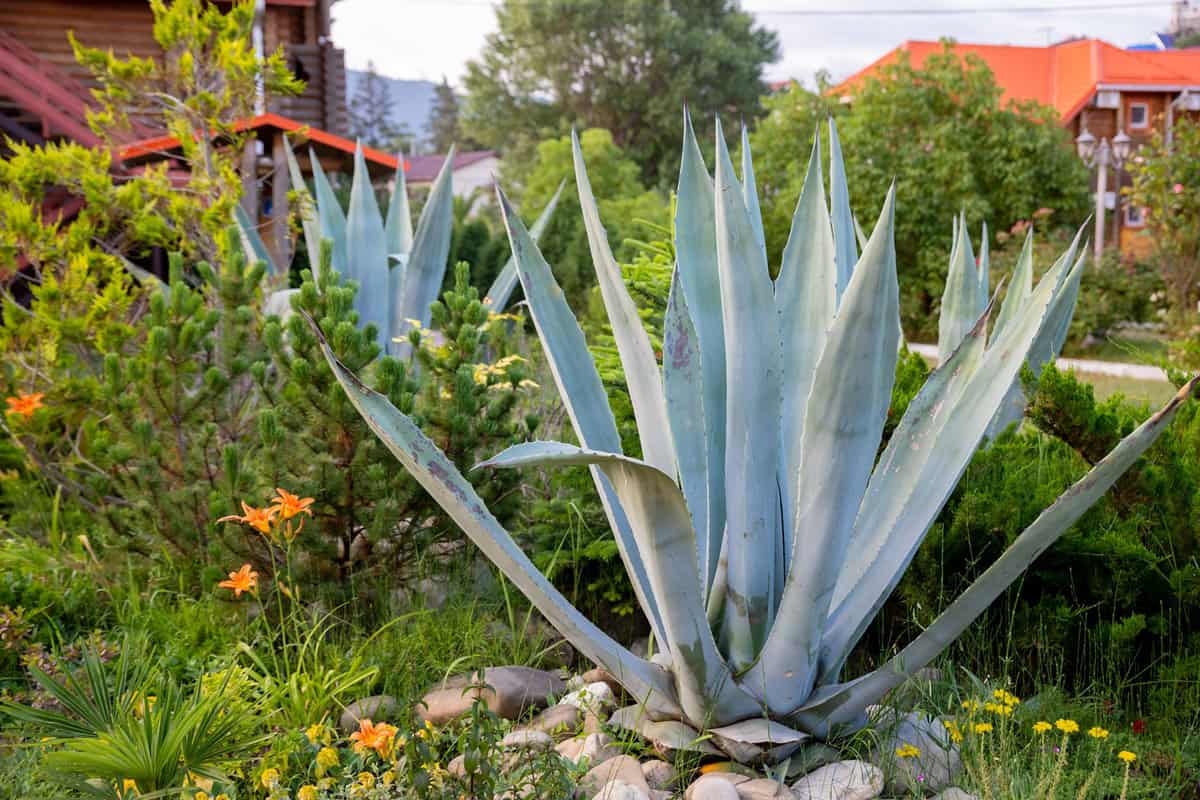
Its rosette-shaped leaves and unique textures create a bold focal point in the landscape.
Agave can tolerate temperatures as low as 25 °F (-3.9 °C) and prefers well-drained soil and full sun.
4. Bird of Paradise (Strelitzia reginae)
Bird of Paradise is a majestic and iconic plant.
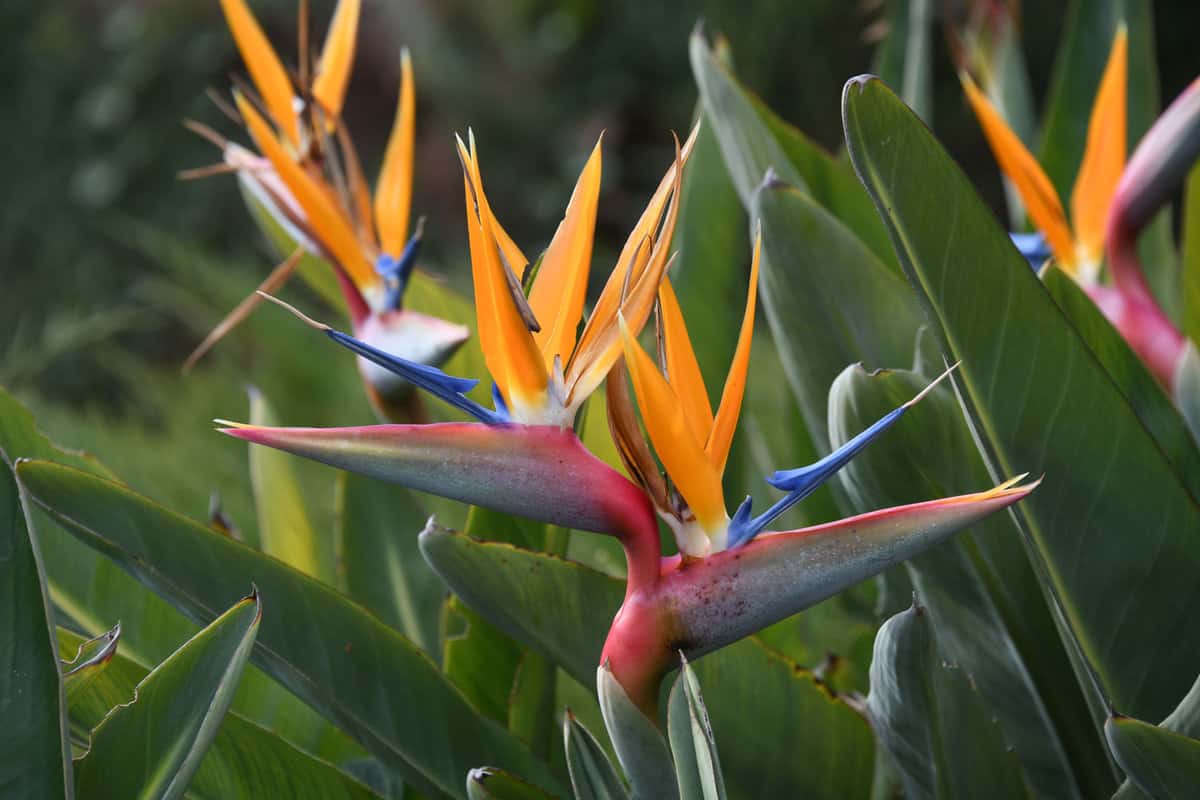
Its striking orange and blue flowers resembling a bird in flight, create a stunning focal point.
Bird of Paradise can tolerate temperatures as low as 30 °F (-1.1 °C) and prefers well-drained soil and full sun.
5. Croton (Codiaeum variegatum)
Croton is a vibrant and eye-catching plant known for its colorful and variegated foliage.
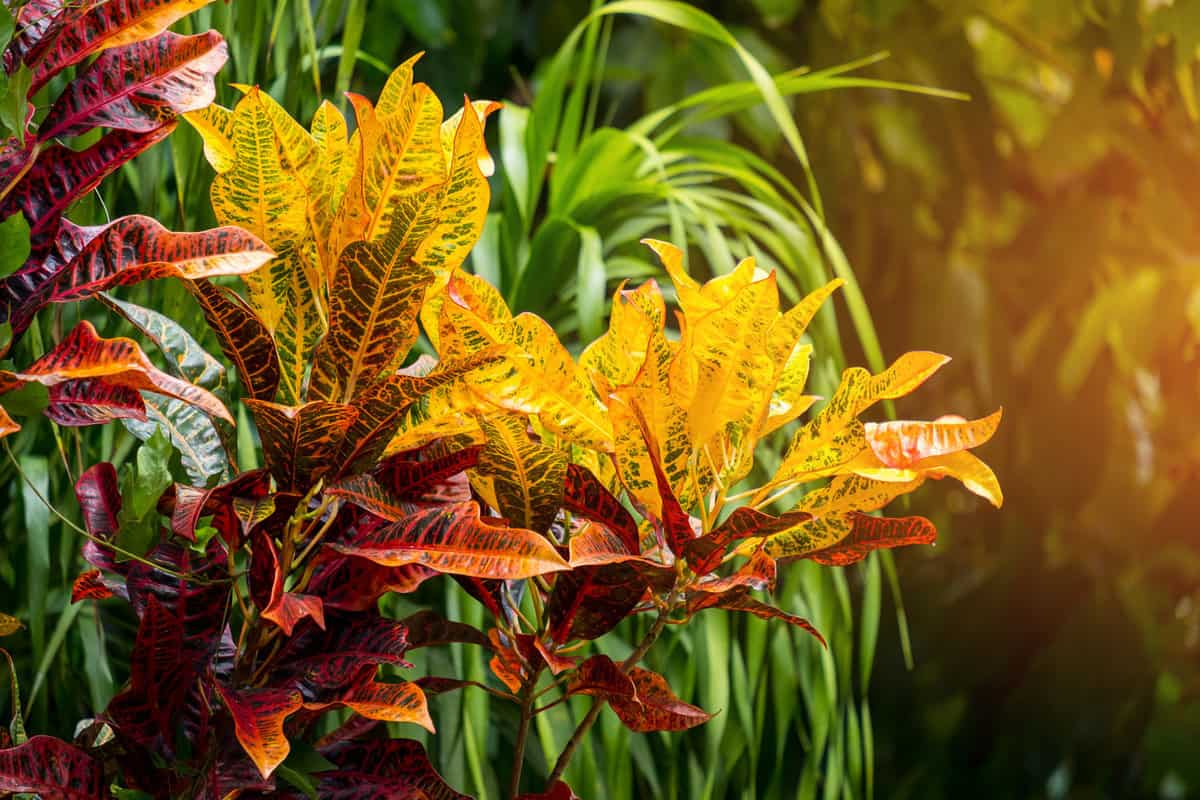
Its bold leaves in shades of red, orange, yellow, and green add a dramatic and tropical touch to Zone 9b gardens.
Croton can tolerate temperatures as low as 30 °F (-1.1 °C) and prefers well-drained soil and full sun.
6. Hibiscus (Hibiscus spp.)
Hibiscus is a popular and stunning flowering shrub.
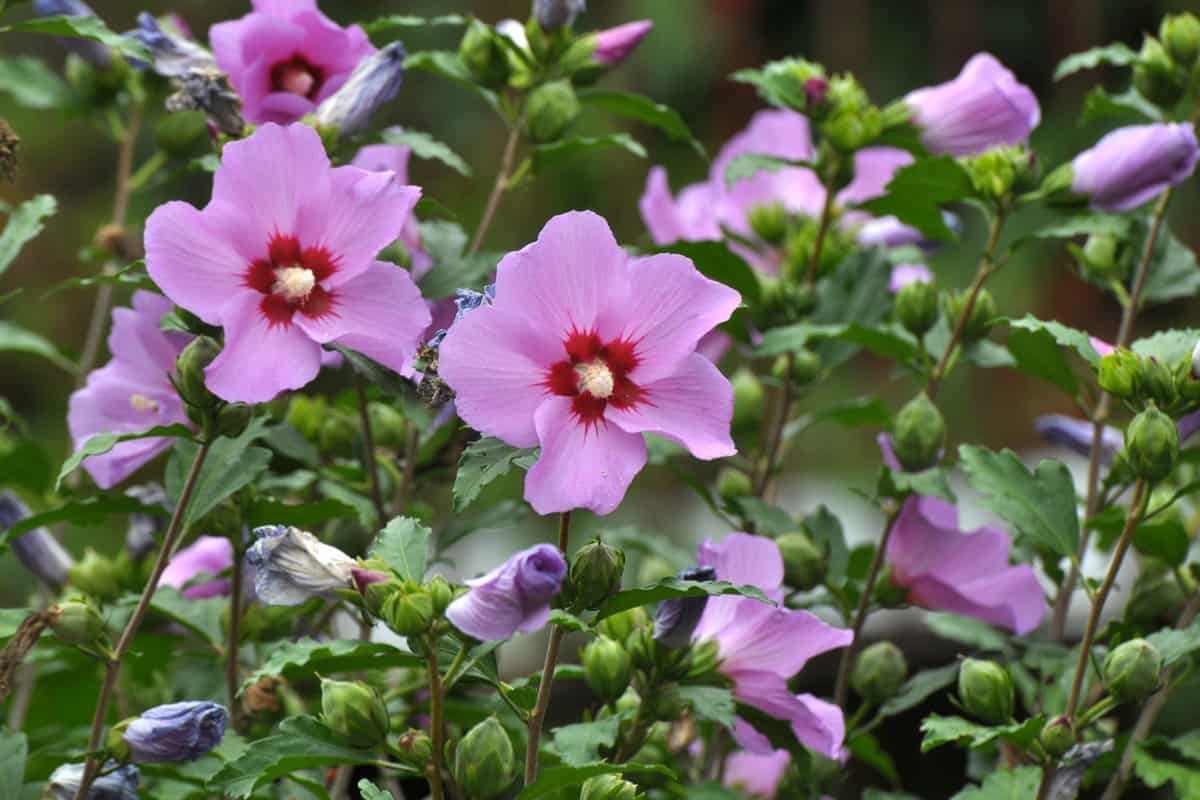
Its large and vibrant blooms in shades of red, pink, yellow, and white create a captivating display of color and beauty.
Hibiscus can tolerate temperatures as low as 30 °F (-1.1 °C) and prefers well-drained soil and full sun.
7. Queen Palm (Syagrus romanzoffiana)
Queen Palm is a graceful and elegant palm tree.
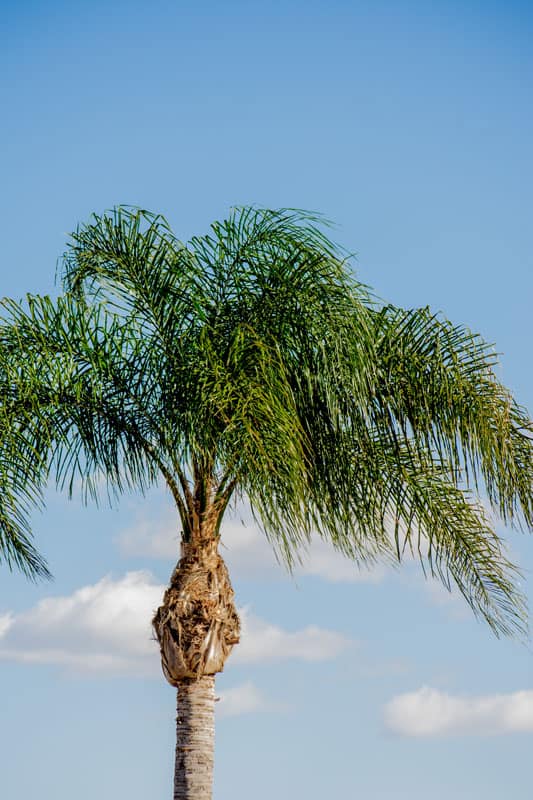
Its feathery fronds and tall stature create a striking focal point and add a touch of luxury to the landscape.
Queen Palm can tolerate temperatures as low as 30 °F (-1.1 °C) and prefers well-drained soil and full sun.
8. Lantana (Lantana camara)
Lantana is a versatile and resilient flowering plant that thrives in the warm climate of Zone 9b.
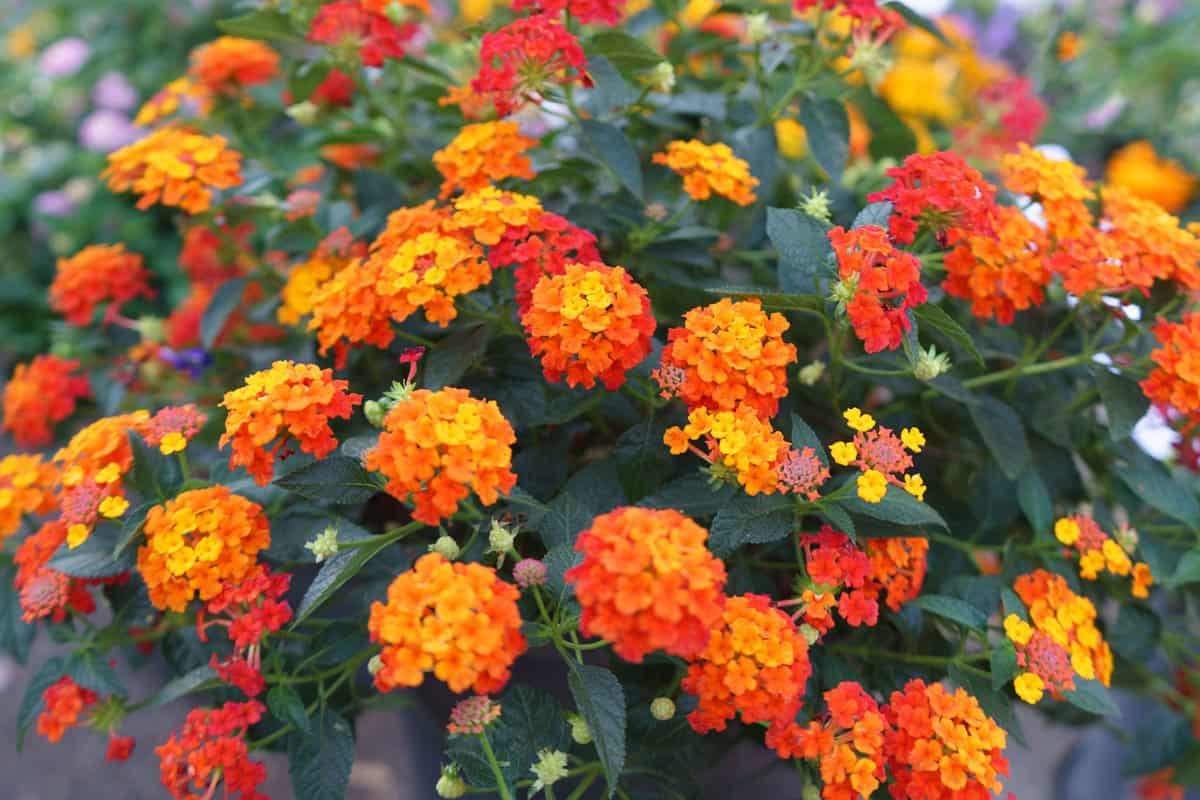
Its clusters of vibrant flowers in shades of red, orange, yellow, pink, and white add a burst of color and attract butterflies to the garden.
Lantana can tolerate temperatures as low as 25 °F (-3.9 °C) and prefers well-drained soil and full sun.
9. Mexican Heather (Cuphea hyssopifolia)
Mexican Heather is a charming and low-maintenance perennial that produces delicate clusters of small flowers in shades of pink, purple, or white.
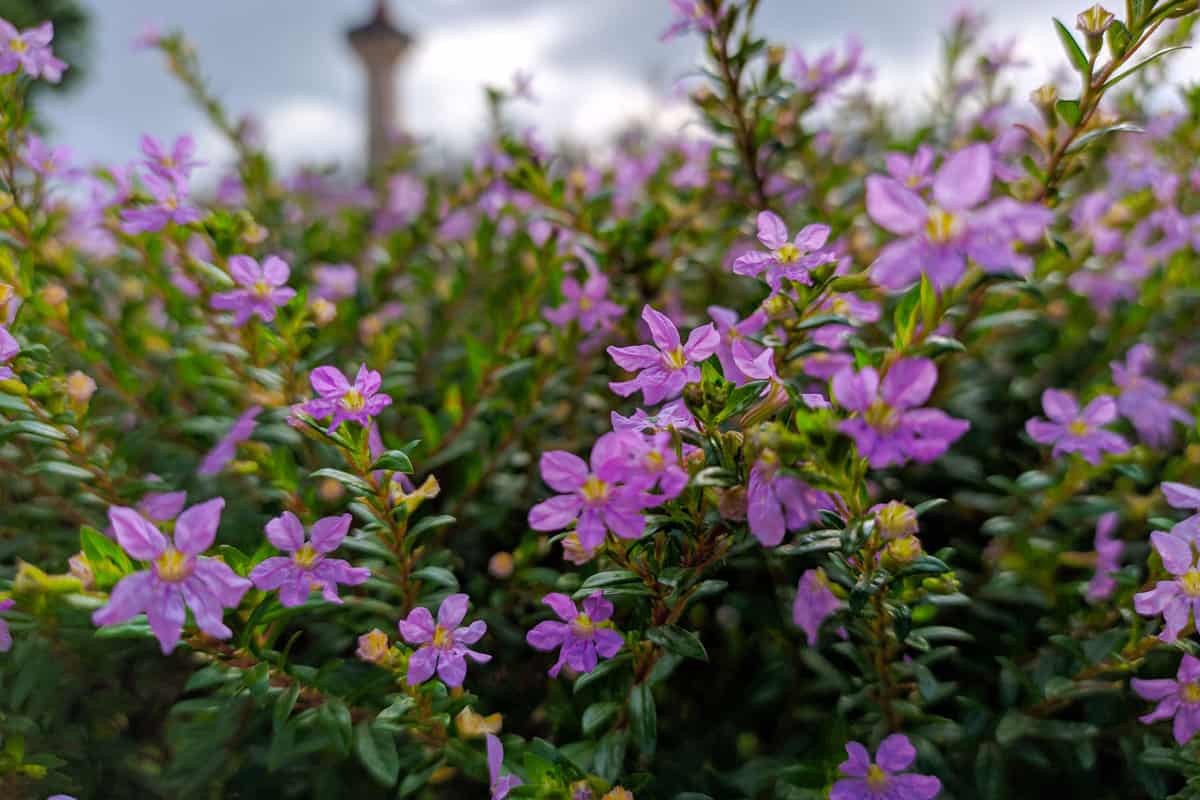
It adds a touch of whimsy and color to Zone 9b gardens, attracting butterflies and bees.
Mexican Heather can tolerate temperatures as low as 25 °F (-3.9 °C) and prefers well-drained soil and full sun to partial shade.
10. Red Yucca (Hesperaloe parviflora)
Red Yucca is a stunning and drought-tolerant perennial that thrives in the arid conditions of Zone 9b.
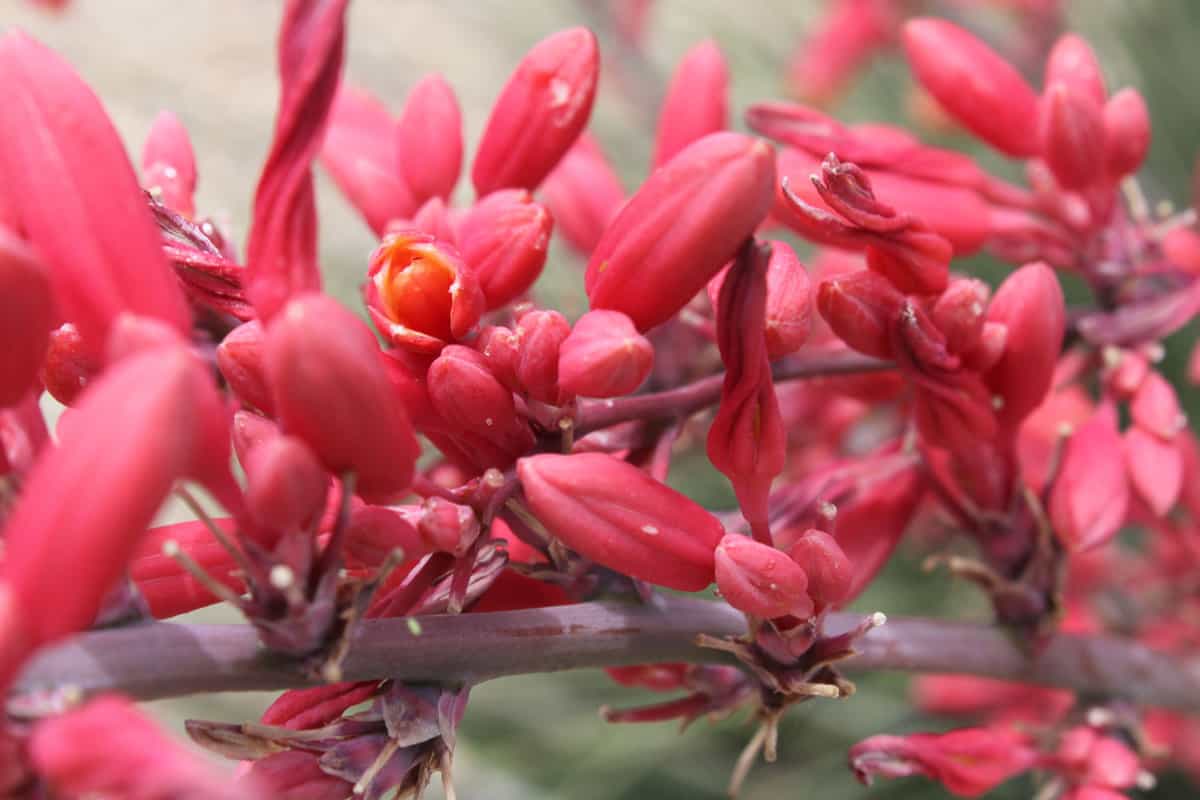
Its slender, arching leaves and tall spikes of tubular flowers in shades of red, orange, or yellow add architectural interest and attract hummingbirds.
Red Yucca can tolerate temperatures as low as 25° F (-3.9 °C) and prefers well-drained soil and full sun.
11. Pride of Barbados (Caesalpinia pulcherrima)
Pride of Barbados is a dazzling, heat-loving shrub that adds a touch of tropical splendor to Zone 9b gardens.
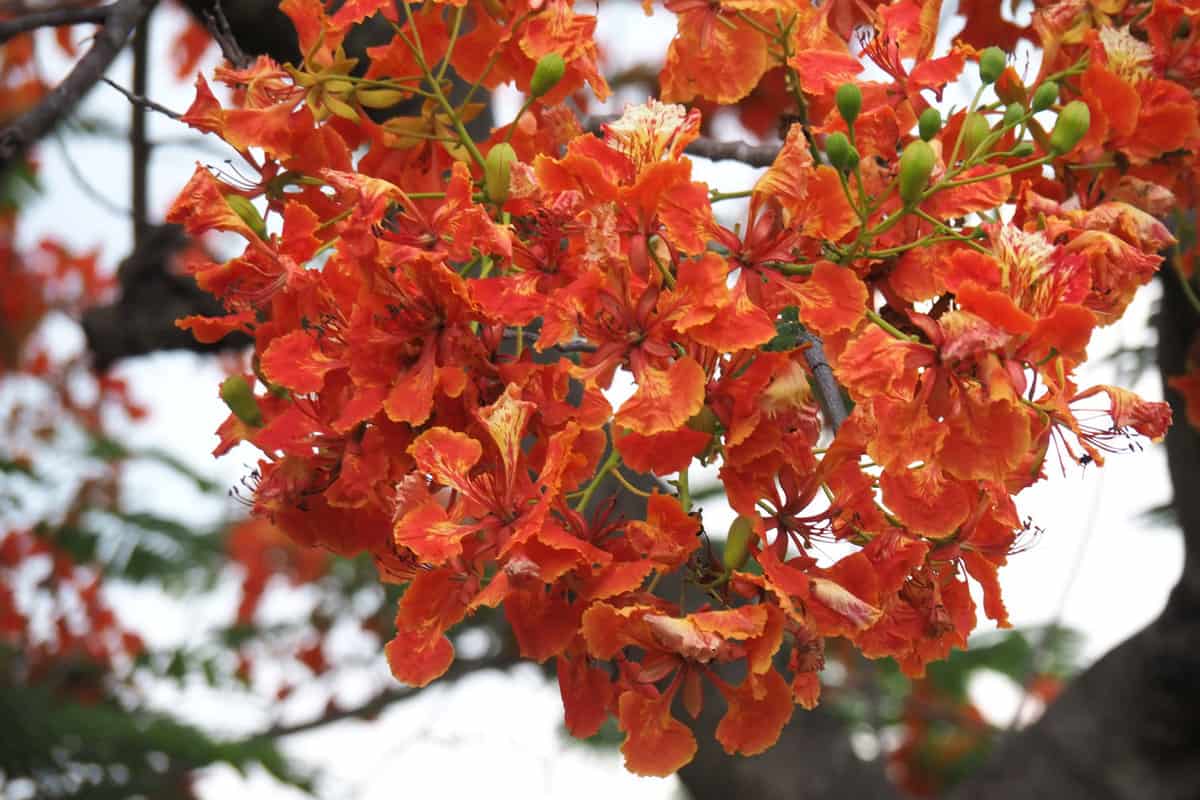
Its clusters of orange and red flowers atop feathery green foliage create a striking visual impact.
Pride of Barbados can tolerate temperatures as low as 25 °F (-3.9 °C) and prefers well-drained soil and full sun.
12. Mexican Flame Vine (Pseudogynoxys chenopodioides)
Mexican Flame Vine is a vibrant and fast-growing vine that produces clusters of bright orange or yellow tubular flowers.
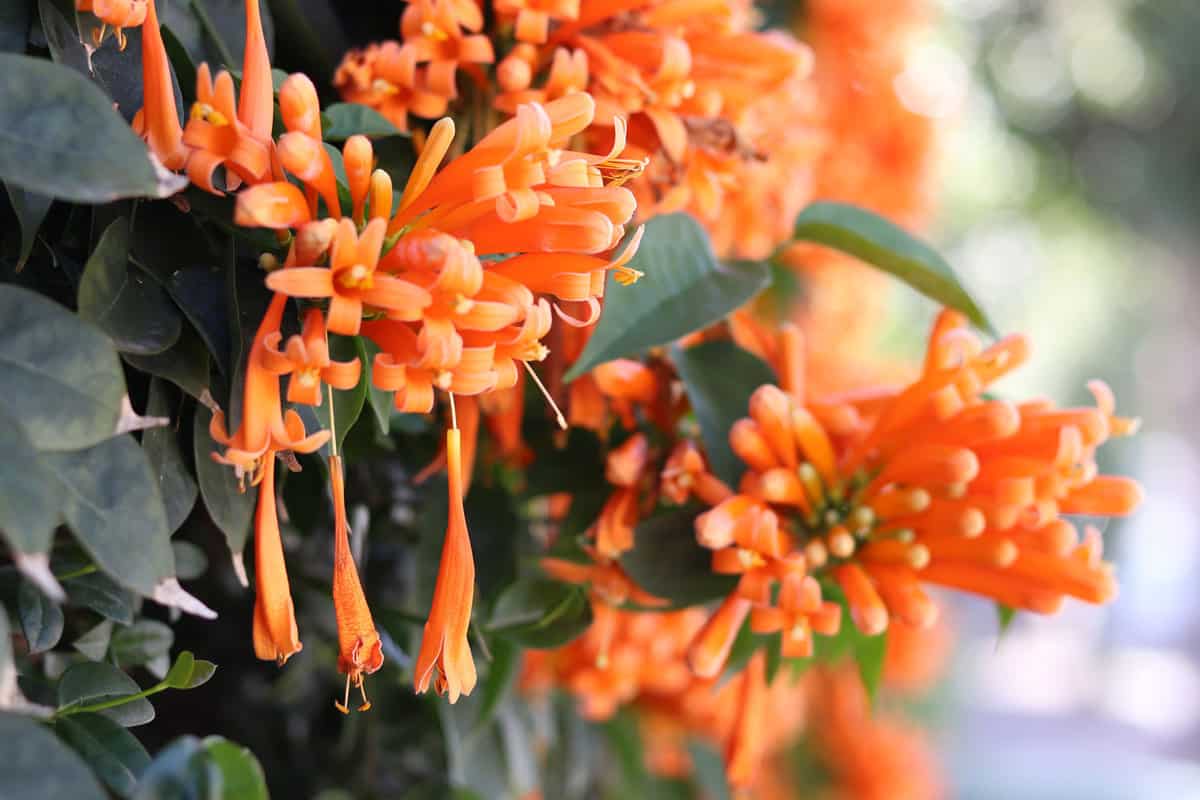
It adds a splash of color and attracts hummingbirds to Zone 9b gardens.
Mexican Flame Vine can tolerate temperatures as low as 25 °F (-3.9 °C) and prefers well-drained soil and full sun.
13. Princess Flower (Tibouchina urvilleana)
Princess Flower is a captivating, showy shrub producing large, velvety purple flowers.
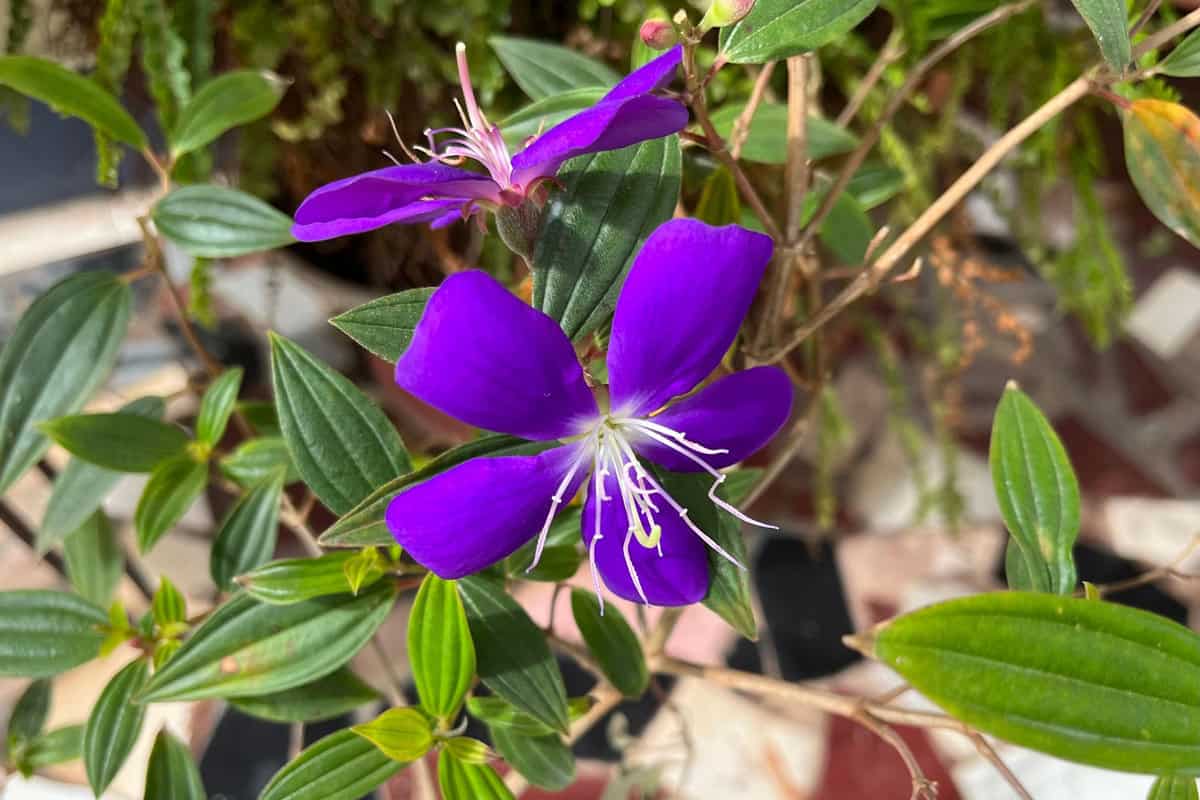
It adds a regal touch and a burst of color to Zone 9b gardens.
Princess Flower can tolerate temperatures as low as 25 °F (-3.9 °C) and prefers well-drained soil and full sun.
14. Society Garlic (Tulbaghia violacea)
Society Garlic is a versatile and fragrant perennial that adds beauty and functionality to Zone 9b gardens.
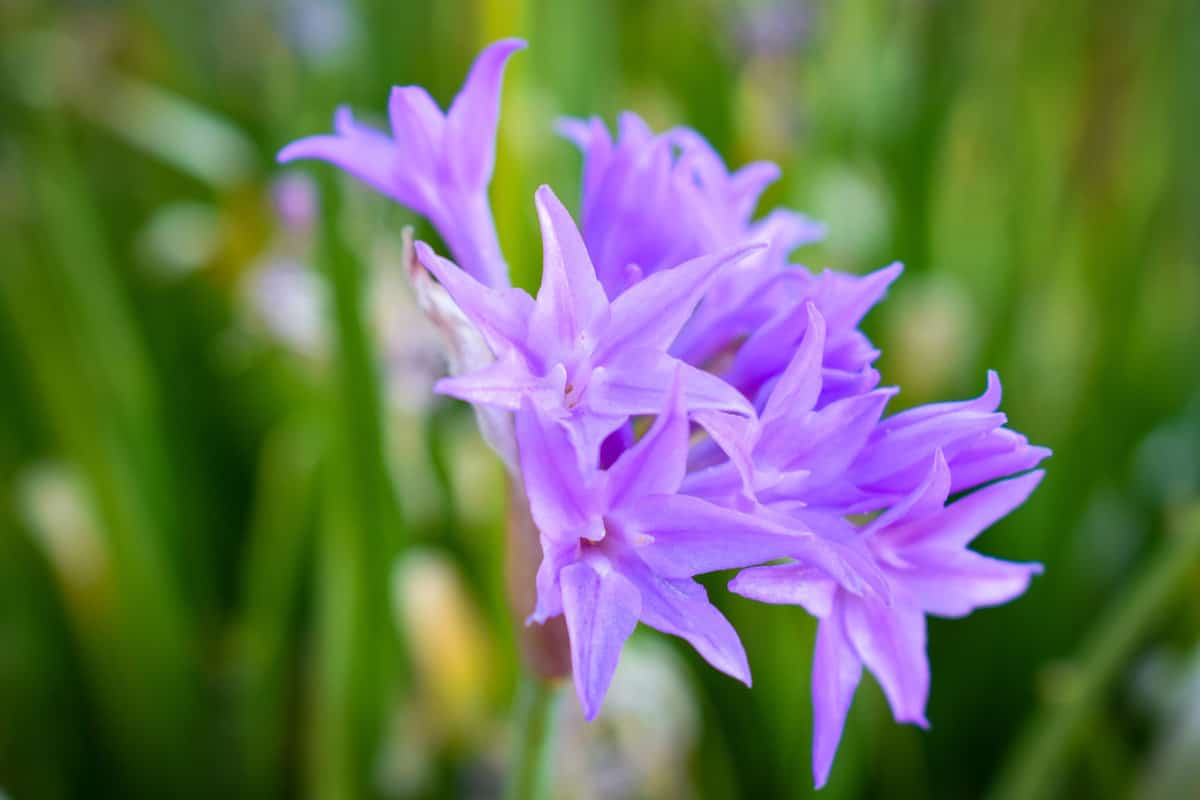
Its clusters of purple flowers atop strappy green leaves add color and attract pollinators to the garden.
Society Garlic can tolerate temperatures as low as 25 °F (-3.9 °C) and prefers well-drained soil and full sun.
15. Mexican Marigold (Tagetes lemmonii)
Mexican Marigold is a hardy, aromatic perennial that brings vibrant yellow or orange blooms to Zone 9b gardens.
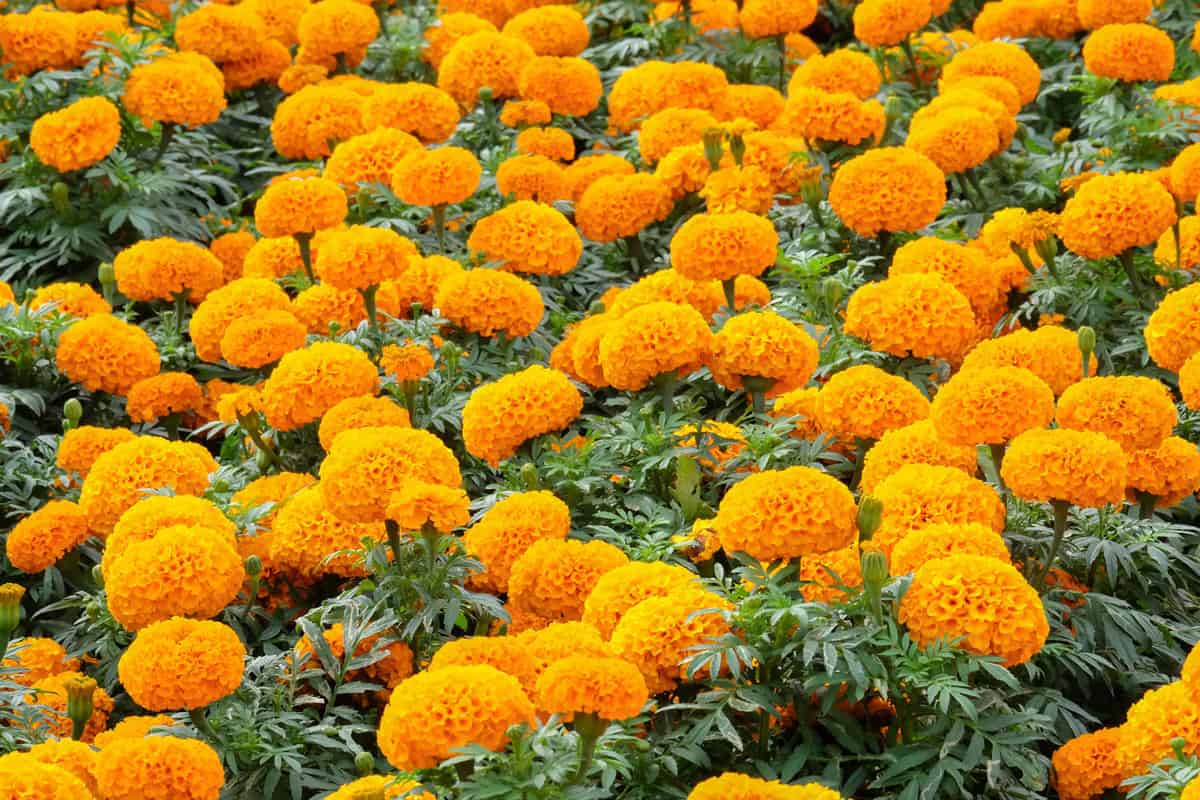
Its cheerful flowers and fern-like foliage add a touch of sunshine and attract butterflies.
Mexican Marigold can tolerate temperatures as low as 25 °F (-3.9 °C) and prefers well-drained soil and full sun.
16. Yellow Bells (Tecoma stans)
Yellow Bells is a delightful and heat-loving shrub that produces trumpet-shaped yellow flowers.
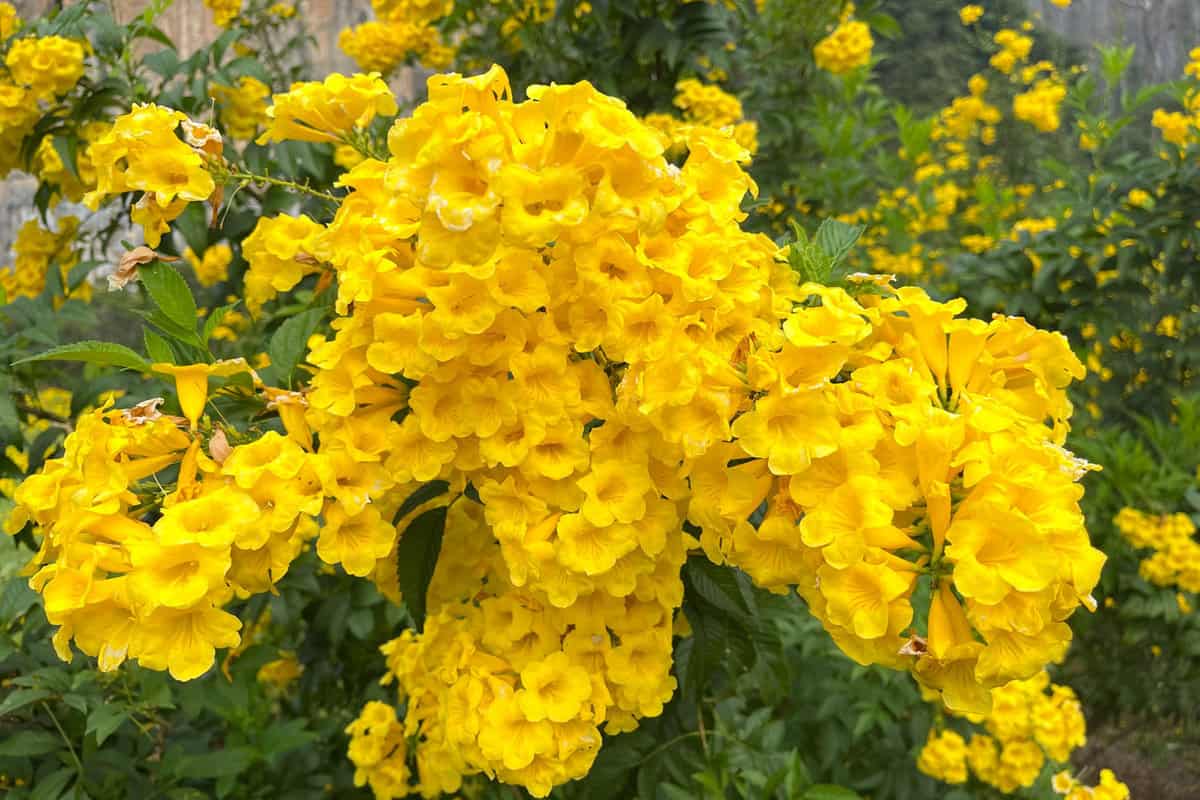
It adds a splash of bright color and attracts hummingbirds to Zone 9b gardens.
Yellow Bells can tolerate temperatures as low as 25 °F (-3.9 °C) and prefer well-drained soil and full sun.
17. Red Bird of Paradise (Caesalpinia pulcherrima)
Red Bird of Paradise is a stunning, heat-tolerant shrub that graces Zone 9b gardens with its showy red and orange flowers.
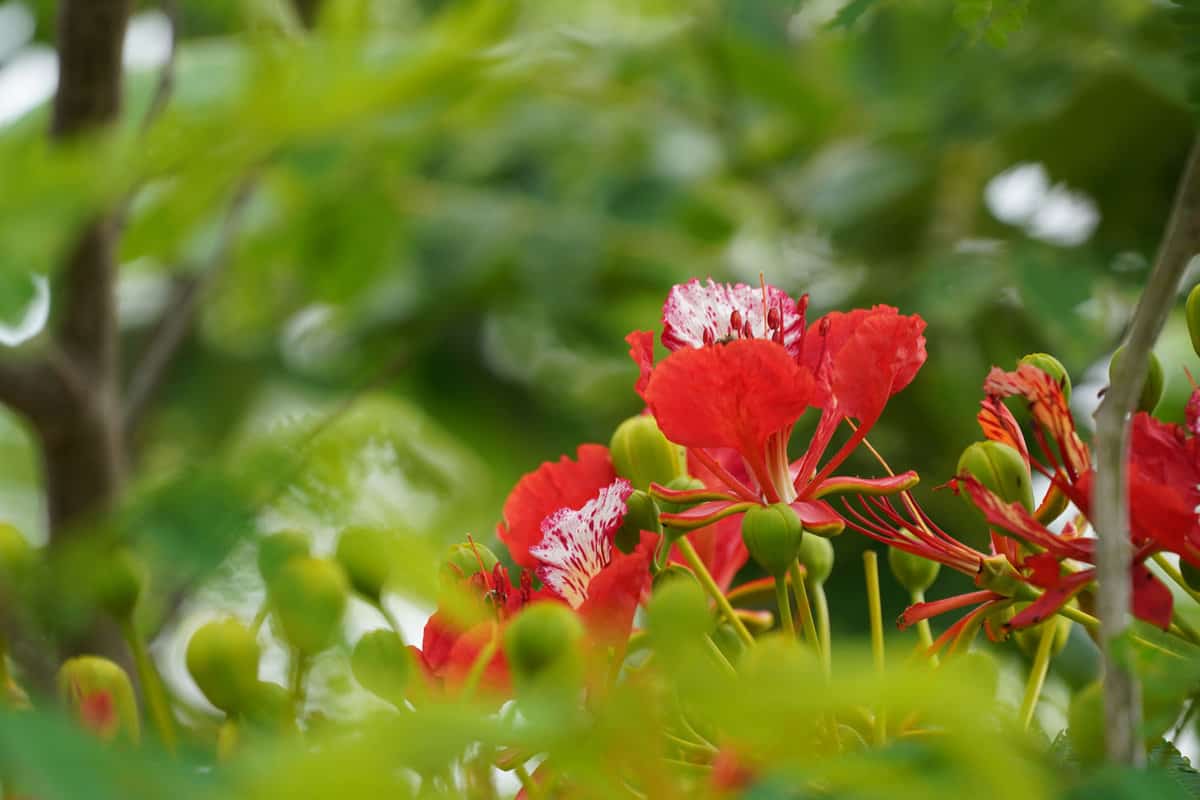
Its fern-like foliage and vibrant blooms create a striking visual display.
Red Bird of Paradise can tolerate temperatures as low as 25 °F (-3.9 °C) and prefers well-drained soil and full sun.
Feast your eyes on these additional articles:
Gorgeous Succulents That Grow Tall
Does A Yucca Plant Need Drainage?
My Hibiscus Is Dying – What To Do?
A Lush Oasis
Zone 9b offers a warm and favorable climate for gardening, allowing for cultivating a wide range of plants.
From the vibrant Bougainvillea and Plumeria to the hardy Agave and Croton, these 17 best plants bring beauty, color, and tropical charm to Zone 9b gardens.
You can create a lush and vibrant oasis in your outdoor space by selecting plants well-suited to the region's temperature range and soil conditions.
When incorporating these plants into your Zone 9b garden, consider their specific needs, such as sunlight requirements, water needs, and soil preferences.
By providing optimal growing conditions, you can ensure the success and vitality of these plants, enhancing the beauty of your garden.
